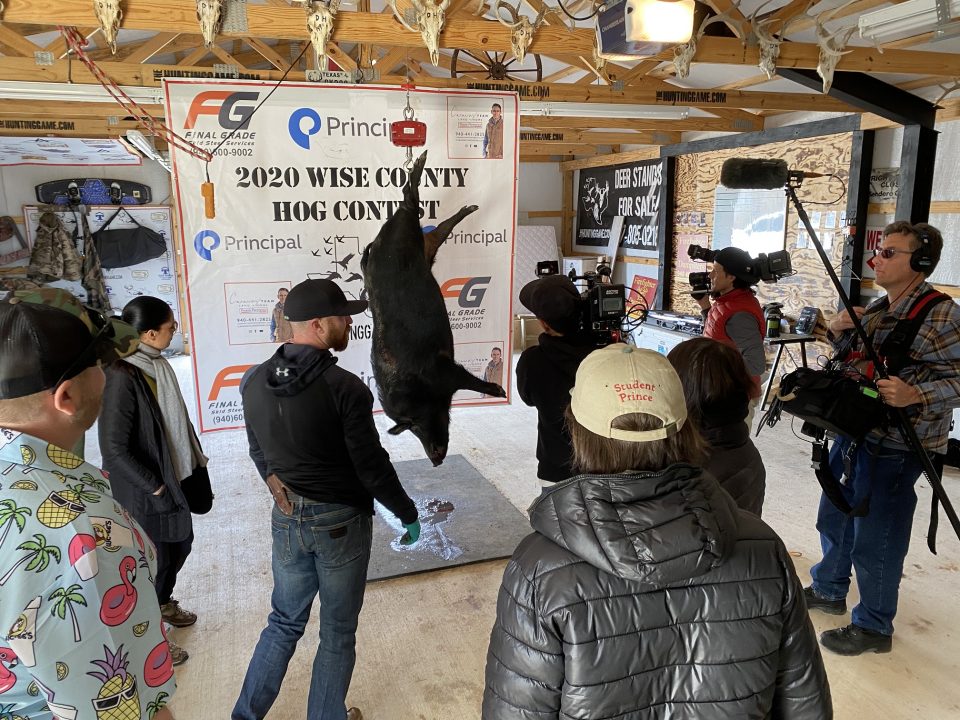Feinstein Introduces Massive Semi-Auto Firearm and Magazine Ban
- Ban the sale, transfer, manufacture or importation of 157 named firearms. Presumably, these were chosen by looking at pictures, as Sen. Feinstein has said she did before introducing her first legislation on the issue in 1993.
- Ban all semi-automatic rifles that can accept a detachable magazine. This is because the bill would ban any semi-automatic detachable-magazine rifle that has even one “feature,” particularly a pistol grip—which is defined to include any “characteristic that can function as a grip.” Other features that would cause a rifle to be banned include a forward grip; folding, telescoping, or detachable stock; grenade launcher or (as an absurd propaganda move) rocket launcher; barrel shroud; or a threaded barrel.
- Ban all detachable-magazine semi-auto pistols that have any of the following: a threaded barrel, second pistol grip, or magazine that mounts anywhere other than the grip. The bill would also ban any handgun that is a semi-automatic version of a fully automatic handgun.
- Ban all semi-automatic rifles and handguns that have fixed magazines that accept more then 10 rounds.
- Ban all semi-automatic shotguns that have just one of the following: a folding, telescoping, or detachable stock; a pistol grip; a fixed magazine that can accept more than five rounds, a detachable magazine; a forward grip; a revolving cylinder; or a grenade or rocket launcher. As with the rifle provision, this could potentially ban any semi-auto shotgun, because all of them have “characteristics that can function as a grip.” And of course, countless Americans have pistol-grip shotguns for home defense.
- Ban all belt-fed semi-automatic firearms, such as semi-auto replicas of historic machine guns.
- Ban all frames or receivers of banned guns, even though in many cases they are identical to the frames and receivers of guns that would not be banned.
- Ban “combinations of parts” from which “assault weapons” can be assembled. Read broadly, this could ban the acquisition of a single spare part that could be combined with parts you already own.
- Ban any “part, combination of parts, component, device, attachment, or accessory that is designed or functions to accelerate the rate of fire of a semiautomatic rifle”–a vague definition that could ban items such as competition trigger parts.
- Ban the sale or transfer of all ammunition feeding devices that hold more than ten rounds. Even those lawfully possessed before passage of the bill could never be transferred, even to your heirs through a will.
Finally, unlike the 1994 ban, the new bill will not include an automatic “sunset” clause, so it would remain in effect unless repealed.
In announcing the bill, Feinstein misrepresented the effectiveness of past semi-auto bans. For example, she claimed that Maryland’s “assault pistol” ban had reduced crime. But in Maryland, the murder trend after the state passed its ban on so-called “assault pistols” was far worse than in the rest of the country. Similarly, in California, during the first five years after passage of the state’s 1989 “assault weapon” ban, the state’s murder rate increased 26 percent, compared to an 11 percent increase in the rest of the country. During the first five years after California expanded the ban starting in 2000, the state’s murder rate increased 10 percent, compared to a six percent decrease in the rest of country.
Feinstein also misrepresented the findings of a congressionally mandated study completed by Jeffrey Roth and Christopher Koper for the Urban Institute.
In the handouts provided by her office, Feinstein claimed the report said “Assault weapons are disproportionately involved in murders with multiple victims, multiple wounds per victim, and police officers as victims.” But here’s what the report really found:
“Some of our own analyses added evidence that assault weapons are disproportionately involved in murders with multiple victims, multiple wounds per victim, and police officers as victims” (emphasis added), but “We were unable to detect any reduction to date in two types of gun murders that are thought to be closely associated with assault weapons, those with multiple victims in a single incident and those producing multiple bullet wounds per victim. We did find a reduction in killings of police officers since mid-1995. However, the available data are partial and preliminary, and the trends may have been influenced by law enforcement agency policies regarding bullet-proof vests.”
The misuse and misinterpretation of study findings has become a common tactic of anti-gun politicians because they know that the 1994 ban had no real impact on crime. In one of the frequent moments of candor that make his allies cringe, Vice-President Biden admitted as much in an online forum Jan. 24, saying, “[I]t is true that the vast majority of gun deaths in America are not a consequence of the use of an assault weapon” and that a ban “is not an answer to all the problems.” Nonetheless, Biden claimed the ban is a “rational limitation” because in his opinion, people concerned about self-defense should just use double-barreled shotguns anyway.
Despite advice like this, Americans have voted with their pocketbooks, buying about 50 million semi-automatic firearms–including nearly 4 million AR-15 rifles–since 1991. And, since the Supreme Court said in District of Columbia v. Heller that a handgun ban was unconstitutional in part because “handguns are the most popular weaponchosen by Americans for self-defense in the home,” popular rifles should be just as firmly protected.
To find contact information for your elected officials, use the “Write Your Reps” feature at www.NRAILA.org. You can reach your member of Congress by phone at 202-224-3121. Click here for tips on effective communication with your lawmakers, and don’t forget to visit www.GunBanFacts.com for the truth about semi-auto bans..



